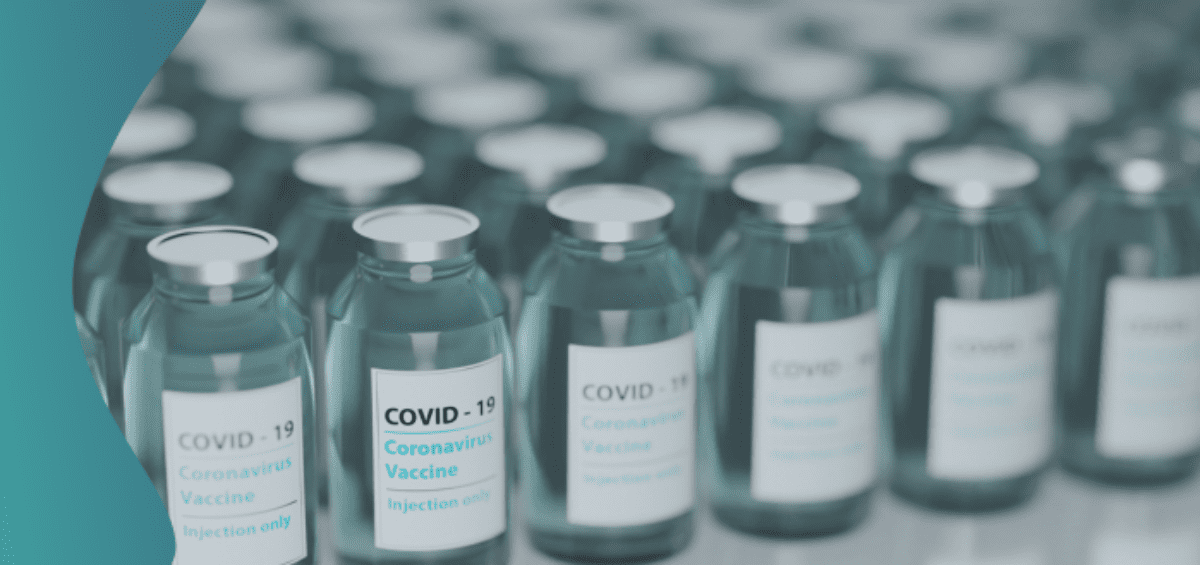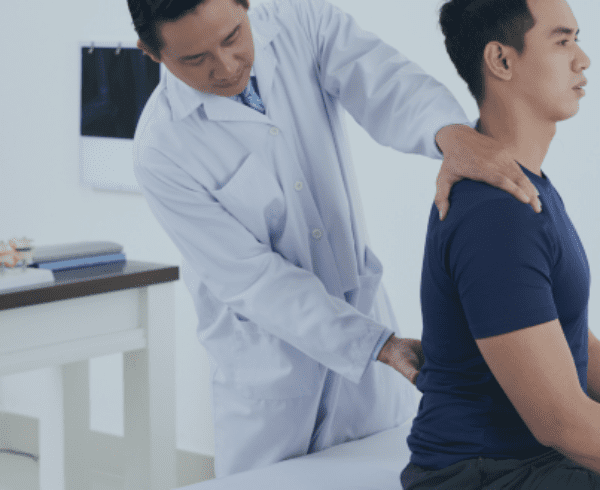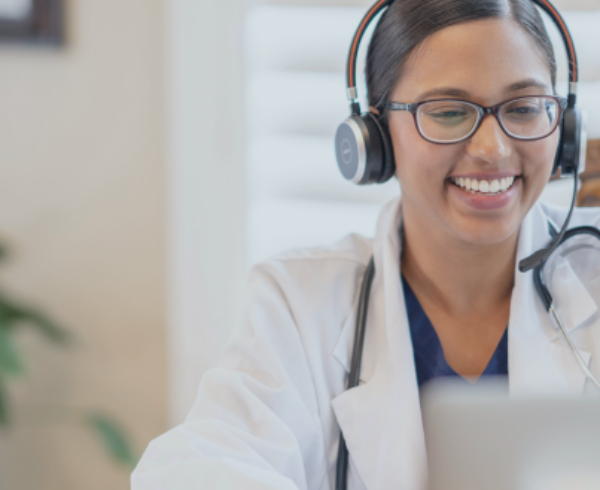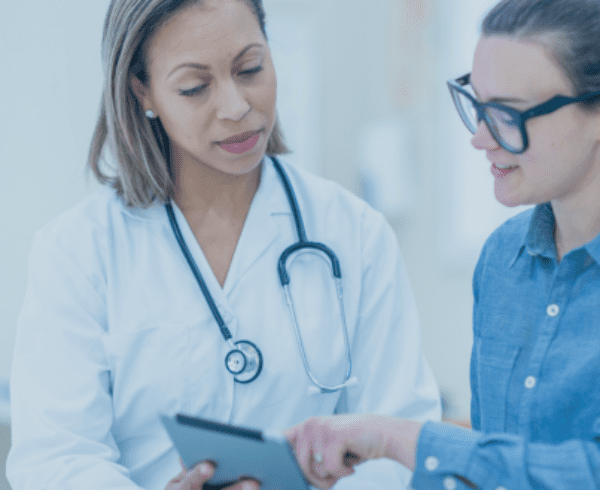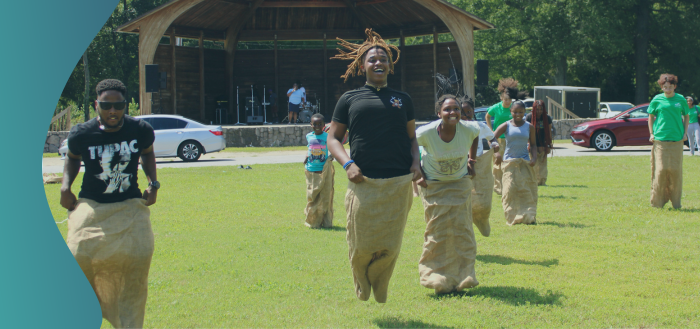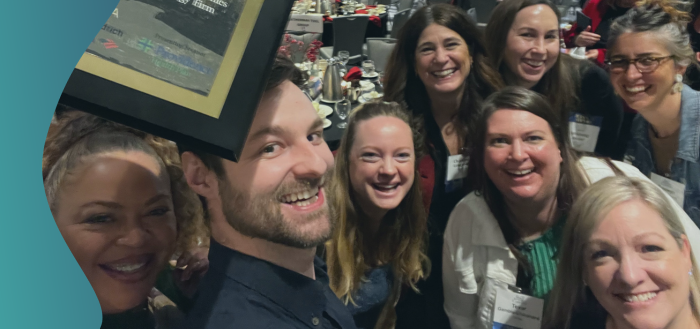May 18, 2021
In March 2021, Thu Quach, Chief Deputy of Administration at Asian Health Services, and her team were holding a multilingual pop-up clinic for COVID-19 vaccination in a park near Little Saigon in Oakland, California, when a man approached her staff to ask if they were offering vaccinations and still had appointments for that day. When her staff confirmed that they were accepting walk-ins, the man ran home and drove back with his 97-year-old Vietnamese mother in the car, where she waited due to her limited mobility. While the vaccine clinic was for walk-ups, a nurse from Asian Health Services went to the car to greet the man’s mother and was able to complete the entire intake, vaccination, and safety monitoring process from the car and in Vietnamese, providing her access to the vaccine for the first time since she first became eligible to receive it in January 2021.
“One of the biggest challenges that we have witnessed during our vaccine rollout efforts is that people do not know where to go,” said Quach. “Even if the outreach material is ‘in language,’ which is often not the case, the online websites can still be very difficult to navigate, and transportation can be hard to secure. This is why we are doing everything we can to meet patients where they are, both in community and ‘in language,’ so that we can eliminate disparities in access, especially those that we are seeing among the diverse Asian populations we serve.”
Direct Supply Helped Diversify Vaccination Efforts
As a member of the OCHIN network, Asian Health Services is just one of the many community-based health care organizations across the country working hard to close the gap in COVID-19 vaccine equity.
While OCHIN Epic members were administering an average of 1,500 vaccines per day in the early months of vaccine rollout, the Health Resources and Services Administration (HRSA) COVID-19 Vaccine Program and the American Rescue Plan have helped rapidly expand vaccine supply directly to community health centers. As of May 2021, OCHIN Epic members are distributing an average of more than 6,000 vaccines per day, enabling more shots to reach the diverse communities in their care. While there is still more work to be done, shots given across the OCHIN network are more equitably reaching people of color, with the ratio of the percentage of fully vaccinated patients who identify as Black, Indigenous, and People of Color (BIPOC) to the percentage of BIPOC patients in OCHIN’s patient population being 0.89 compared to 0.83 at the national level (The closer a ratio is to 1.0, the more equitable distribution is).
“Every person should have fair and equitable access to a COVID-19 vaccine through a trusted health care provider,” said Abby Sears, CEO at OCHIN, in a recent statement. “Community health centers are a lifeline in underserved communities. They have the tools and have built the trust to vaccinate those who may be harder to reach, but who stand to benefit most.”
Hispanic/Latinx can represent any race or combination of races
Source: OCHIN Epic Profile – 2020 Unique Pats and COVID-19 Immunizations Tableau Dashboard, retrieved 4/26/21
Proactive Outreach Closed Gaps for Underserved Communities
Racial and ethnic disparities in COVID-19 vaccination rates surfaced almost as soon as the shots became available late last year and have persisted nationally. This is due, in large part, to structural barriers that make some groups, like Hispanic/Latinx patients, harder to reach. For example, at the start of vaccine distribution efforts in December 2020, vaccination rates were 25.6% lower among patients who identify as Hispanic/Latinx in the OCHIN network than among non-Hispanic patients, even when adjusting for age. However, thanks to the concerted outreach efforts of members like Virginia Garcia Memorial Health Center (Virginia Garcia), which is a trusted health care provider for Hispanic/Latinx patients in Oregon, that gap has since been reduced to just 3.2%.
In their efforts, Virginia Garcia has partnered with local public health and community-based organizations to conduct outreach and hold mass vaccination events and has partnered with neighborhood “promotores” to address vaccine hesitancy through direct, bilingual outreach. In addition, the health center created a COVID-19 Response (CoRe) team, which uses a mobile clinic to ensure equitable access to COVID-19 testing and vaccination for communities of color, including many migrant and seasonal farmworkers, by meeting them where they live and work.
In April 2021, Virginia Garcia hosted its first mobile vaccination clinic of the season, where it vaccinated almost 300 people and, as of May 2021, the clinic has fully vaccinated nearly 15,000 patients in its care. As COVID-19 vaccines are approved for younger age groups, Virginia Garcia is working with schools and health authorities to reach adolescent patients as well.
“Our patients were the hardest hit by the pandemic,” said Misty Downey, CoRe Team Program Manager at Virginia Garcia Memorial Health Center in an Oregon Health Authority newsletter. “The work that the CoRe Team does each week is critical to ensuring the most vulnerable populations have access to the vaccine.”
Language and Data Barriers Remain Obstacles to Health Equity
As of May 2021, Asian patients are 1.5 times more likely to be fully vaccinated than non-Asian patients in the OCHIN network. This represents marked progress compared to national trends, but aggregated health data continues to mask complex disparities within this highly diverse patient population, which is comprised of dozens of ethnicities with unique cultural and linguistic needs.
For community-based providers, like Asian Health Services, language is one of the most important considerations for offering safe, effective care for their patients—especially throughout the entire the vaccination process, including outreach, education, appointment scheduling, intake, and vaccination. In fact, more than half (52.4%) of fully vaccinated Asian patients in the OCHIN network are best served in a language other than English. That is why, in addition to providing pop-up vaccination clinics in community parks, Asian Health Services has conducted extensive multilingual outreach via their website, staff phone calls, helplines, direct mailers, and platforms that its population uses and trusts, such as using WeChat to reach Chinese patients and YouTube to reach Vietnamese patients.
Currently, 34% of patients who are fully vaccinated in the OCHIN network prefer a language other than English, indicating that other members have also been working hard to overcome language barriers and achieve full vaccination.
“Language is a civil right – the Title VI law requires federally funded programs across the country to provide language assistance – and the whole nation needs to know this so that we can all make sure we are doing our absolute best when it comes to ensuring vaccine equity across the nation,” said Quach from Asian Health Services, where staff and providers also recently started a website called AsianAmVoices.org for patients across the country to share language barriers they have experienced while getting the vaccine.
Asian Health Services started this website to add to the disaggregated data they are collecting on Asian American populations and to gain more insight into the barriers that each population is experiencing. The health center is using these stories to not only tailor its own COVID-19 vaccine outreach, but also to advocate for systems level change through legislation in California that would require data infrastructure on disaggregating race data at the state level and set the path for health equity moving forward.
“We need to learn from the lessons of COVID-19,” said Julia Liou, Chief Deputy of Administration at Asian Health Services. “This data infrastructure will be critical to developing the targeted effective policies and equitable resources needed for our most vulnerable communities of color moving forward.”
Agreeing, Quach suggested that there is still more work to be done in closing equity gaps in COVID-19 vaccination efforts across the country. “While people who identify as Asian are seen as the highest vaccinated group at the moment, we want more data specificity because there are large disparities within the diverse Asian American population that are not getting addressed.”
OCHIN’s HCCN is the country’s largest—helping nearly 100 diverse health centers serving over 2.2 million patients nationwide leverage health information technology (HIT) in transformative ways that foster continuous quality improvement. Learn about participation here.


